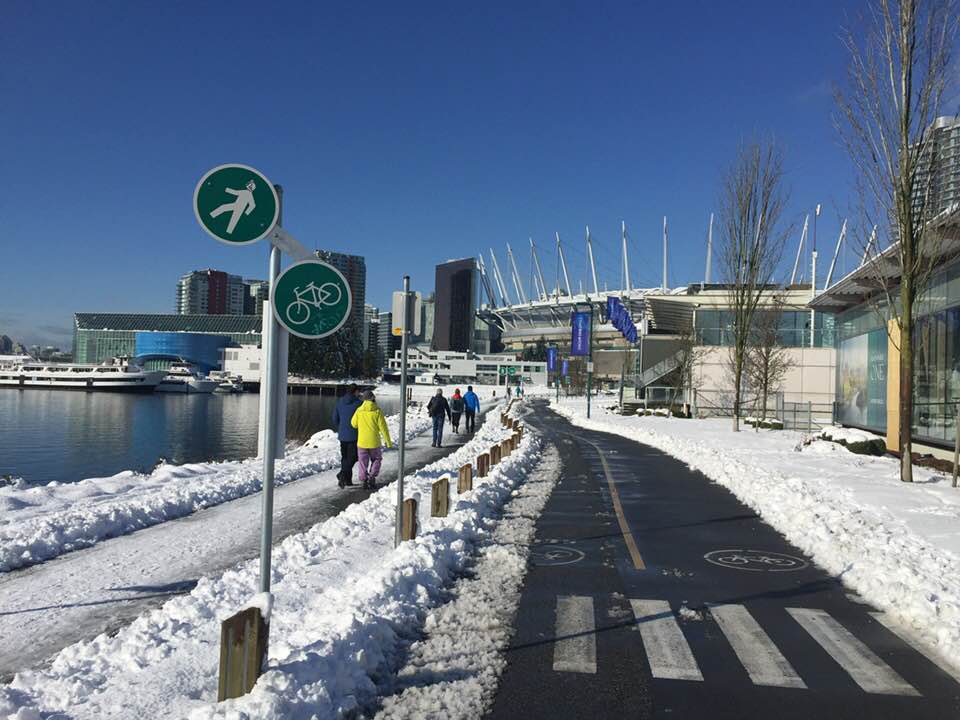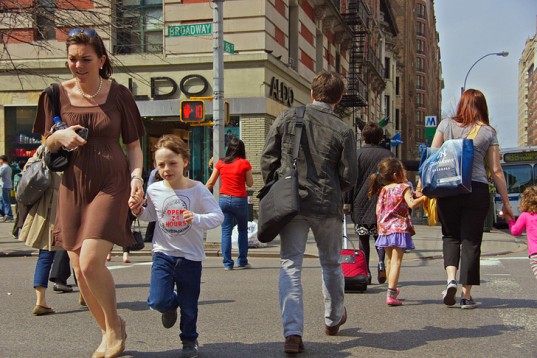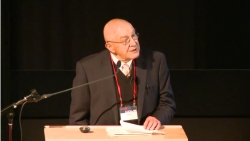
January 18, 2022
Can You Sue The City Over Snow? Supreme Court and BC Court of Appeals Plow Through the Issues
Written by:Sandy James Planner
Two recent court decisions inform how cities will be handling snow removal on sidewalks.

In a ruling that came down in October the Supreme Court of Canada ordered a new trial for Taryn Joy Marchi who hurt her leg climbing over a snowbank in Nelson B.C.
In court the City of Nelson argued that snow removal was immune from negligence claims because it was a “core policy decision”. The Supreme Court of Canada had to decide whether snow removal was a “core policy decision” (which makes the municipality not answerable to negligence or liability claims, or whether it was an “operational decision” taking while undertaking city policy, which is open to liability claims.
Ms. Marchi had traversed over snow from angled city parking on the street to a city sidewalk. There was no way to access the sidewalk except through a snowbank. Ms. Marchi successfully argued that providing an access in snow from the city parking lot to the sidewalk was not a “core policy decision” but was an “operational decision” taken by the City of Nelson. You can read more about this case here.
This of course has ramifications for other Canadian municipalities. The Supreme Court found that angled parking spaces would not have been cleared if it was not intended for residents to use them, and had a pathway in the snow been cleared in a path from the parking to the sidewalk Ms. Marchi would not have injured her leg. A new trial has been ordered.
Another trial again in British Columbia examined whether residents are liable for clearing the snow in front of their houses. As Jason Proctor notes in this CBC report, Canadians have been suing each other for decades about sidewalk snow removal in front of their houses and slips and falls.
In 2017 Darwin Der slipped and fell on black ice on the sidewalk in Burnaby. His case went to the B.C. Court of Appeal with a lawsuit against the couple who owned the adjacent house, arguing that the property owners owed a “general duty of care to remove snow and ice from their section of the sidewalk.”
The court of appeal judges disagreed, saying those residential property owners had shovelled the sidewalk the previous day and had salted it that day. They had done their civic duty and that “The snow and ice accumulating on public sidewalks and the potholes on the street in front of the house are the legal responsibility of the municipality, not the adjacent property owner.”
So at this point all eyes are back on those municipalities.
The new trial in Ms. Marchi’s case will establish whether it is policy or an operational decision when Nelson plows the on street parking out, but forgets to provide a pathway through the snow onto the sidewalk; and as it stands, if you do the basic shovelling on your sidewalk in front of your house, any ice or potholes contributing to falls are the city’s fault.














